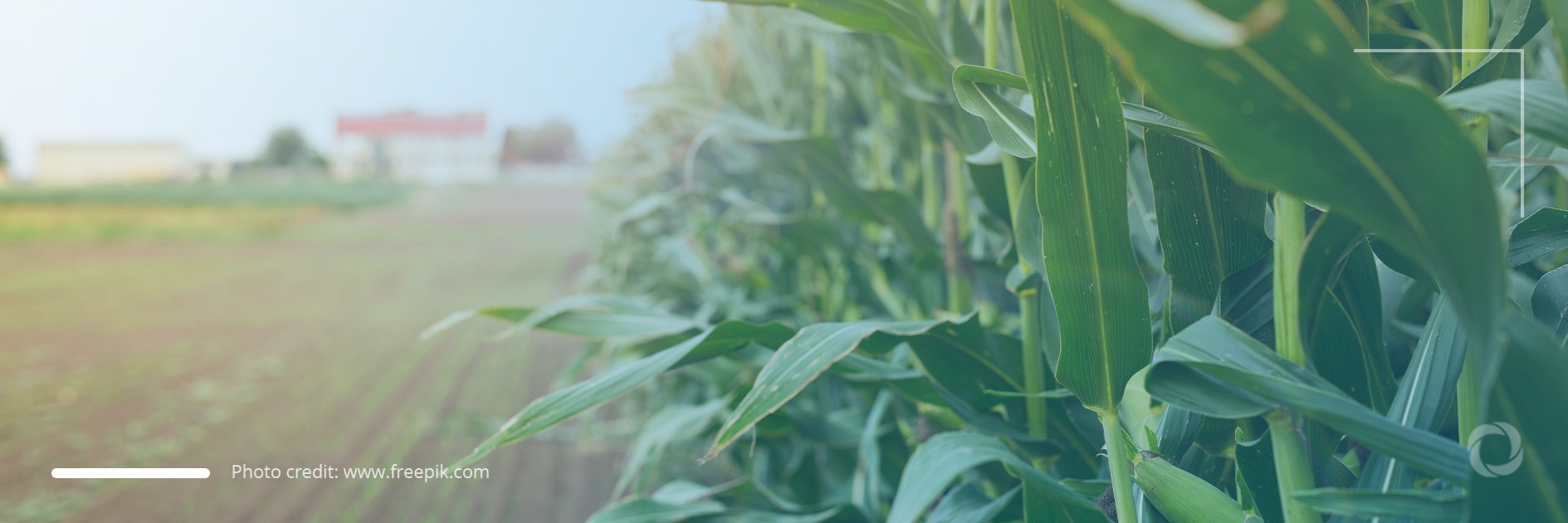Recently the European Commission, the European Parliament, and 27 EU member states reached an agreement on the new Common Agricultural Policy (CAP) – one of the largest public aid systems in Europe. The document aroused discontent among and criticism from environmental and small farmers’ organizations. The lack of strict rules and clear legally binding obligations with regard to the environmental and social requirements of CAP payments has created concerns about the impact that the new CAP will have on biodiversity, climate, and rural crises. It does, however, give more flexibility to member states in providing more opportunities to those farmers who are set to put in place more sustainable agriculture models.
Criticism and concerns
On 25 June, after three years of negotiations, EU lawmakers came to a provisional agreement on the Common Agricultural Policy (CAP), a set of policies for agriculture and rural development that accounts for 40% of the EU budget which today equals €387 billion.
Several environmental organizations such as the World-Wide Fund for Nature (WWF), BirdLife, and the European Environmental Bureau (EEB) as well as the association of small and medium farmers, European Coordination Via Campesina, have expressed serious concerns about the outcome of the negotiations. According to these entities, if approved as it is, the new CAP differs little from the old framework as it does not feature provisions that would oblige member states ‘to put in place new practices to decrease greenhouse gas emissions‘ or to make any real effort to prevent soil erosion which costs farmers €1.25 billion a year.
“The current reform will not prevent or solve the disappearance of thousands of farms every year, the loss of farmers’ income, the ageing of the farming population, the depopulation of rural territories, the impact of industrial agriculture on the environment, the intensification of production models and the consequent degradation of food quality, land grabbing, and the precariousness or degradation of rural workers’ rights, among many other problems,” European Coordination Via Campesina stated in a press release.
The European Court of Auditors, the guardian of EU finances, backed the stance of Via Campesina. The body noted that although previously over 25% of the EU agricultural spending (out of the total budget of Euro 362.787 billion) ‘was earmarked for climate change, greenhouse gas emissions from agriculture have not decreased since 2010’. Furthermore, the old CAP ‘supports climate-unfriendly practices, for example by paying farmers who cultivate drained peatlands, which represent less than 2% of EU farmland but which emit 20% of EU agricultural greenhouse gases,’ the court noted.
Looking at the new CAP through different lens
Although the abovementioned concerns are justified and raise questions regarding the effectiveness of the new framework, it is worth noting that for the first time the document includes a ‘social conditionality’ that must be met by beneficiaries. In practice, this means that they will have to respect elements of European social and labor law to receive CAP funds hence ensuring better conditions for farmworkers.
As regards the environment, “The budgetary share dedicated to environmental protection is significantly higher compared to the previous CAP […] A new addition, the so-called “eco-schemes”, will reward farmers who want to do more than the required minimum of environmental protection through additional aid.”
Although these ‘eco-schemes’ are yet to be defined, in the first two years the European Union plans to allocate 20% of payments to farmers with the amount set to increase to 25% by 2025.
With the new format of the CAP, member states will have to submit strategic plans to the European Commission describing how they intend to achieve the global EU objectives set out in the Green Deal and in particular the Farm to Fork and Biodiversity Strategies. This provides more leeway for those states with high ambitions and who strive to achieve regenerative agricultural and food systems.
“It is based on a more flexible, performance and results-based approach that takes into account local conditions and needs, while increasing the European Union’s ambitions in terms of sustainability.” (European Commission)
Despite ‘insufficient safeguards’ to ensure the money is spent on credible green initiatives, this degree of flexibility addresses the issue of diversity with regard to the 27 members states that are all at different stages in their transition to a fully sustainable food production system. As such, this allows governments to identify windows of opportunities in each individual case and act more effectively in the given context and within existing possibilities.
The provisional agreement is yet to be approved by the Agriculture Committee (AGRI), the Parliament plenary, and the Council.
The CAP was launched in 1962 and has been repeatedly amended since then. The document, seen as a partnership between Europe and its farmers, is shared by all EU states and is funded from the EU budget.

